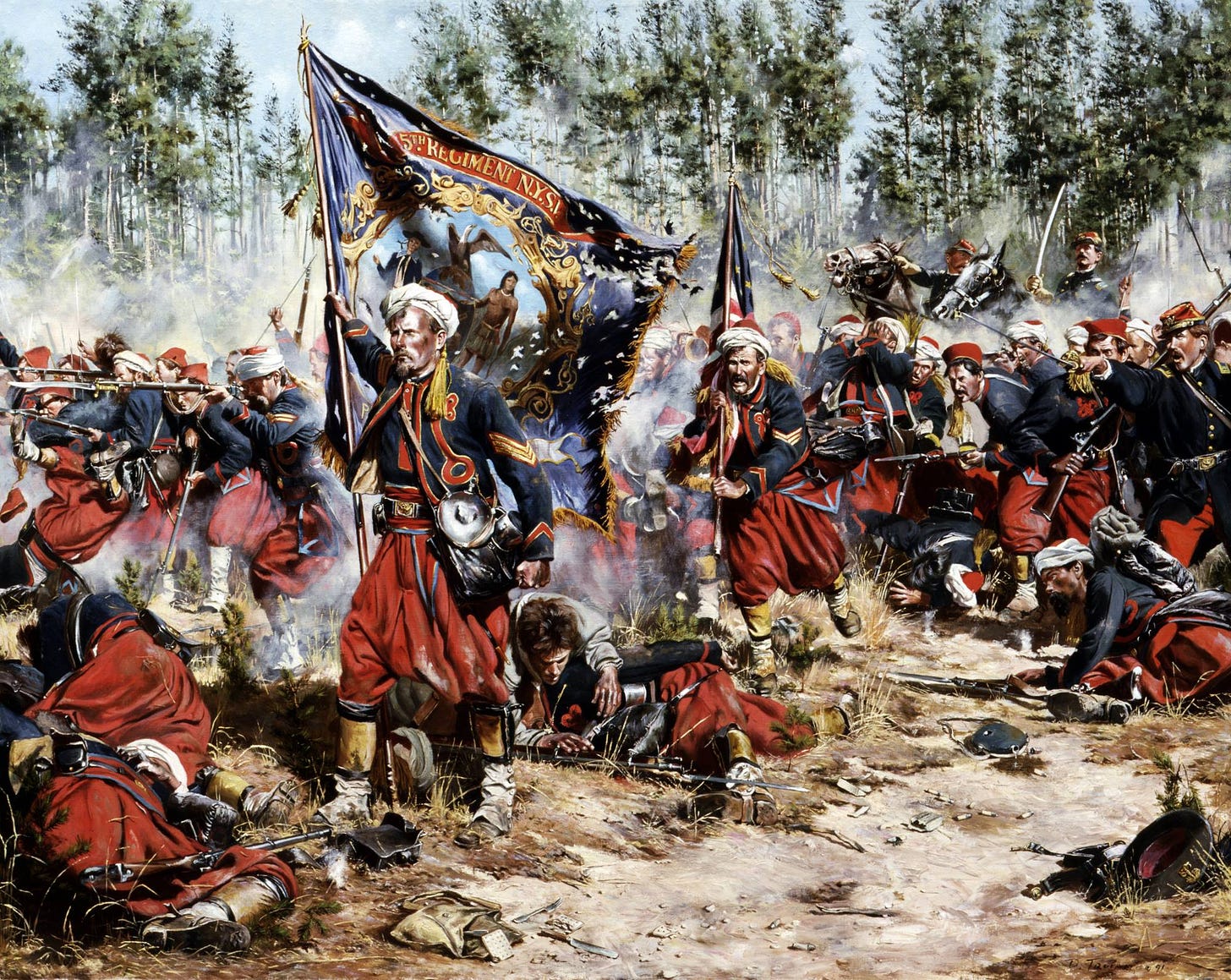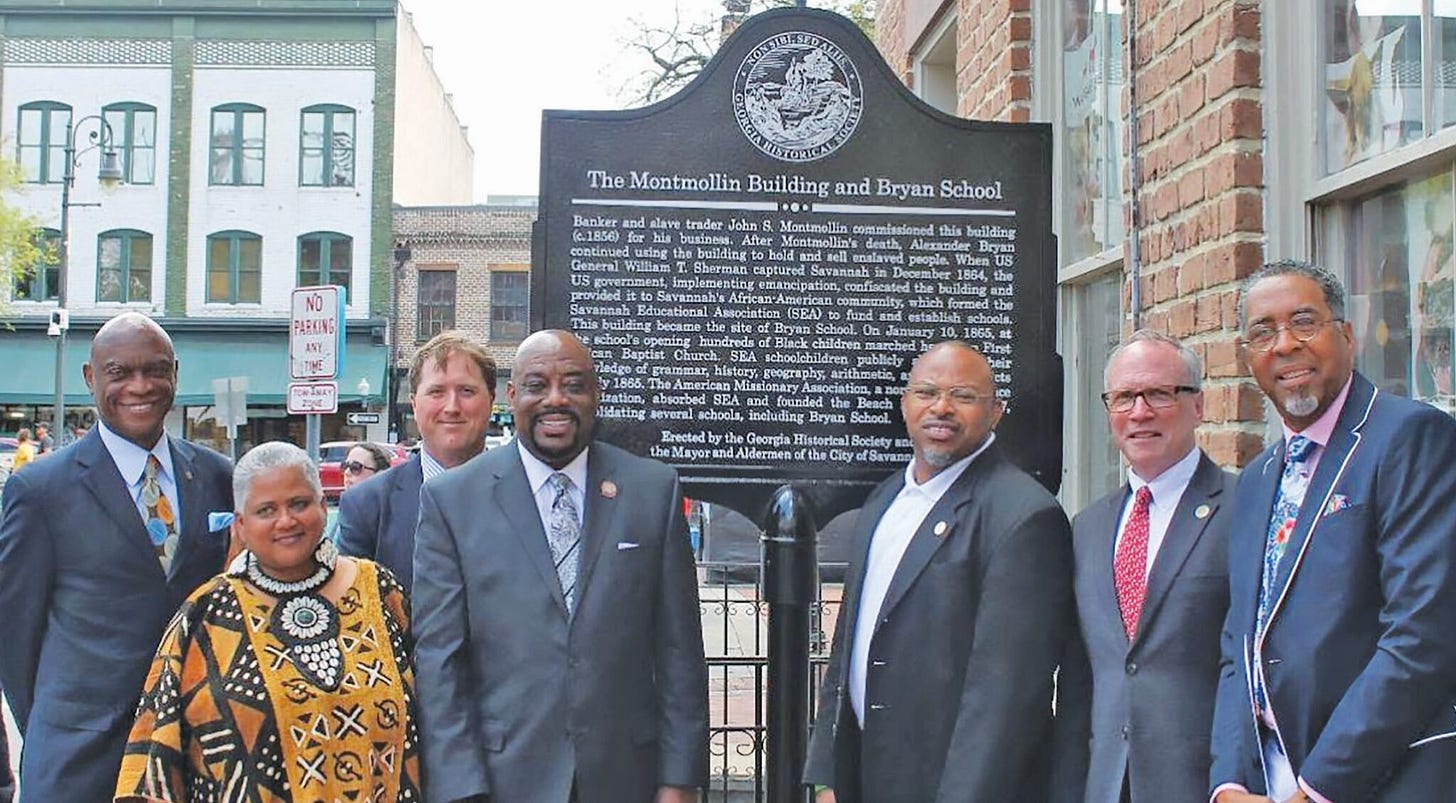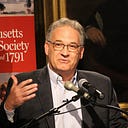
Today I heard from the publisher that my book manuscript is now in the hands of two anonymous reviewers. I am both relieved and horrified by this news. The good news is that I should receive their reports some time in June.
Over the next few weeks I am going to interview a number of Civil War historians about their new books. First up is Yael Sternhell, who published a wonderful book last year titled War on Record: The Archive and the Afterlife of the Civil War. Next up is Robert Colby, who is the author of An Unholy Traffic: Slave Trading in the Civil War South, which I just finished and highly recommend. Finally, I am in the process of setting up an interview with Cecily Zander, whose book The Army Under Fire: The Politics of Antimilitarism in the Civil War Era is fantastic.
Let me know in the comments who you would like me to interview and if you enjoy these video interviews, please consider becoming a paid subscriber to help me to continue to bring this content to you. Thanks.
News
If you live in Mississippi and are wondering why you couldn’t renew your licence today, its because your state offices are closed for Confederate Memorial Day. You wouldn’t have known this beforehand because your governor is too embarassed to issue an official announcement.
NPR recently did an interesting piece on historical markers and what they tell us about how local communities and states have chosen to remember their history. I only wish the reporters had taken the time to talk with the folks at the Georgia Historical Society. GHS’s historical markers program is a wonderful example of how local communities can highlight history that, for various reasons, has long been ignored or distorted. Here is their latest addition to Savannah’s marker landscape.
Here is an entertaining story about Ulysses S. Grant’s arrest for speeding in Washington, D.C. Turns out that presidents are not above the law.
National Park Service ranger Rich Condon offers some thoughts about the field of public history for The Civil War Monitor.
The American Civil War Museum in Richmond just opened a brand new exhibit, entitled The Impending Crisis: How Slavery Caused the Civil War. The ACWM is one of the premier museums on the Civil War era. Definitely check it out next time you are in town. My friend, fellow historian and long time reader of this site Chris Graham worked tirelessly on bringing this exhibit to fruition. Though he is no longer working at the ACWM, I want to thank him for all his hard work and to know how much it is appreciated.
Books
Shae Smith Cox, The Fabric of Civil War Society: Uniforms, Badges and Flags, 1859-1939 (Louisiana State University Press, 2024).
Neils Eichorn and Duncan A. Campbell, The Civil War in the Age of Nationalism (Louisiana State University Press, 2024).
Carole E. Harrison and thomas J. Brown, Zouave Theaters: Transnational Military Fashion and Performance (Louisiana State University Press, 2024).
Dylan C. Penningroth, Before the Movement: The Hidden History of Black Civil Rights (Liveright, 2023).
David Austin Walsh, Taking America Back: The Conservative Movement and the Far Right (Yale University Press, 2024).
Videos
Erik Larson’s new book drops tomorrow and I am very much looking forward to reading it.
I am always in awe of Garry Adelman’s persistence in hunting down the sites of Civil War era photographs. Thanks, Garry.
Otis
One of my favorite pics of the big guy.







Thank you for the kind words, Kevin.
Great stuff.
Regarding the new Savannah historic plaque -- John S. de Montmollin II is my wife's ancestor. In recent years my decades-long genealogy geekdom has been expressing itself in the form of a running online writeup of "infamous" and should-be-famous people up in the vast family tree. Among the former category is de Montmollin whose individual story has a highly karmic ending. Way too much for their plaque of course but hopefully the folks in Savannah know of it...this is from my running document:
"....a successful banker, plantation owner and slave trader in and around Savannah, Georgia. In the latter activity de Montmollin declined to be restrained by overseas slave trading having been banned in the U.S. in 1808.
De Montmollin first became wealthy in 1850 in the gold fields of California but not as a miner: he started and built a successful business supplying the miners. Having moved back east and become president of a successful Savannah bank, de Montmollin in 1856 constructed a three-story building which is still standing in historic Savannah and known as the John Montmollin Warehouse. He’d built it with the third floor as a slave pen; after the city’s occupation by Union troops near the end of the Civil War it was converted into a school for Black children.
While buying and selling enslaved persons domestically, de Montmollin lobbied unsuccessfully for the resumption of legal overseas trafficking. He also was an investor in the Wanderer, a schooner which in 1858 brought the second-from-last documented shipload of enslaved persons to the U.S. It arrived at Jekyll Island, Georgia on November 28, 1858; federal authorities tried the ringleaders in Savannah three times but were unable to get a conviction from the locally-drawn juries.
De Montmollin was one of 11 people killed in June 1859 when the boiler of a Savannah River steamboat exploded. His body, blown clear of the steamboat, landed on Jekyll Island near where the Wanderer had offloaded its captives...."